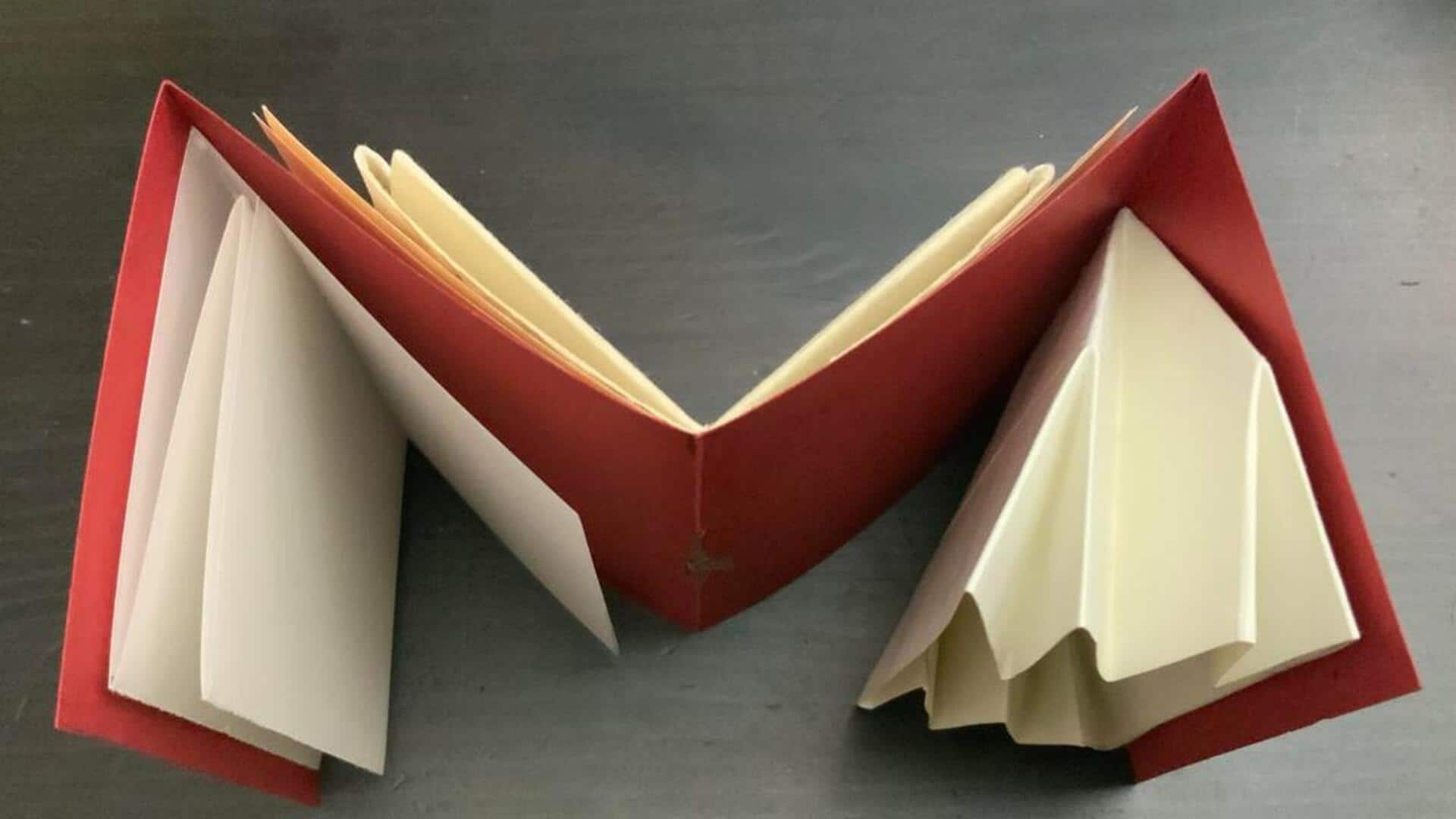
Gleaming canvases: Celebrating glass artists
What's the story
Glass art, a medium where light, color, and texture dance in harmony, highlights the extraordinary talent of artists who shape glass into breathtaking creations. This article delves into the world of glass artistry, featuring pioneering artists and their unique contributions to this vibrant craft. Beyond mere decoration, glass art encompasses innovation and tradition, with intricate sculptures and grand installations radiating a shared luminescence.
Trailblazers
Pioneers of glass art
The two titans of glass art are Louis Comfort Tiffany and Dale Chihuly. Tiffany, in the late 19th century, transformed stained glass with his vibrant designs and innovative techniques. Chihuly, in the 20th century, catapulted glass sculpture into the mainstream with his monumental installations. Both pioneers pushed the medium's limits with their experiments in color, form, and scale, becoming masters of their craft while expanding its horizons.
Mastery
Techniques that transcend time
Glass art utilizes techniques such as blowing, casting, and fusing. Blowing involves shaping molten glass using a blowpipe. Casting involves creating sculptures by pouring glass into molds. Fusing involves joining pieces of glass under high heat. Artists choose techniques based on the desired outcome, showcasing the versatility of this art form.
Innovation
Contemporary creations
Contemporary glass artists are shattering expectations (pun intended!) by embracing cutting-edge tech and unconventional materials. Pioneers like Yayoi Kusama use LED lights to illuminate her mirrored-glass installations, crafting mesmerizing landscapes of infinity that invite self-reflection. Others harness the power of digital fabrication for hyper-realistic detailing that traditional techniques can't touch. This melting pot of old and new blasts the medium beyond the looking glass.
Eco-art
Environmental reflections in glass
A rising tide of glass artists are using their craft to tackle environmental concerns like climate change and pollution. They either use recycled glass to create new pieces or portray nature's beauty under threat from human actions. These pieces serve a dual purpose: they highlight the artists' technical skill and advocate for conservation and sustainability. They prompt viewers to reflect on their relationship with the environment.
Acquiring
Collecting glass art: Tips for beginners
If you're looking to start a collection of glass art, doing your homework on artists and their techniques is key. Hitting the galleries or checking out exhibitions gives you a feel for different styles, and learning from experts in the field can help you appreciate the unique qualities of each piece. Plus, thinking about practical stuff like lighting in your display space ensures your art always looks its best.